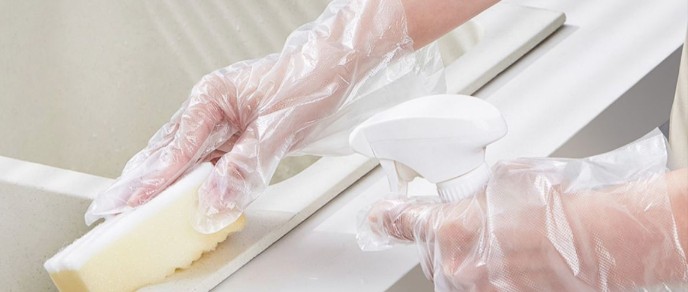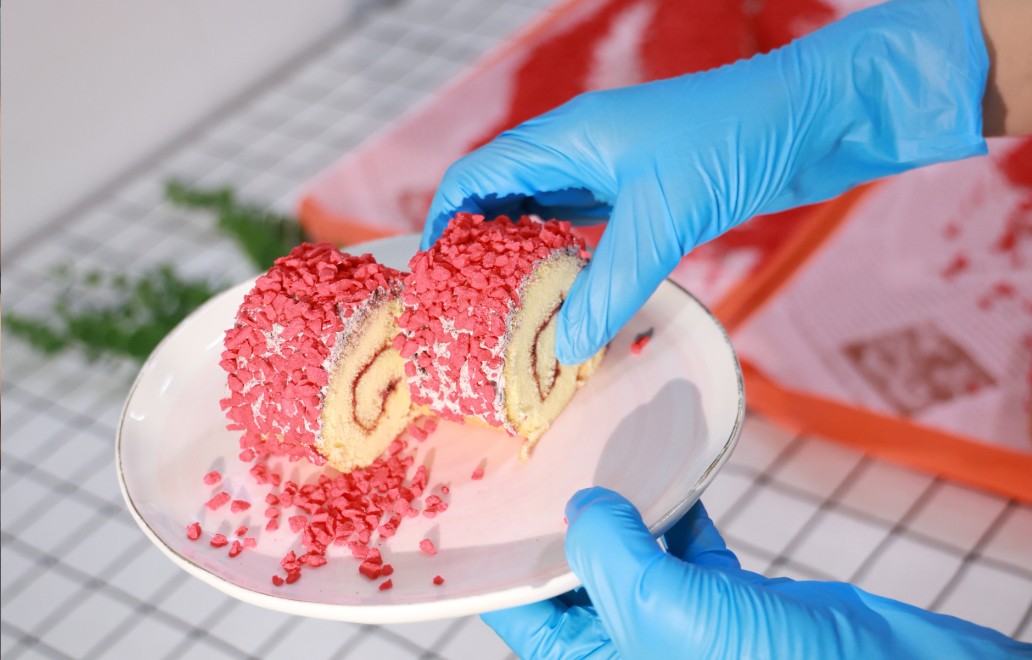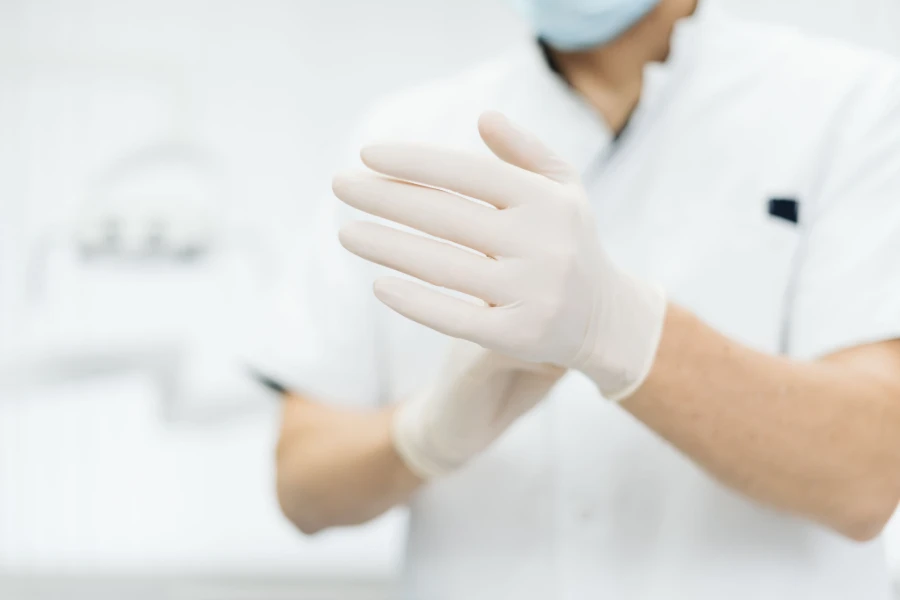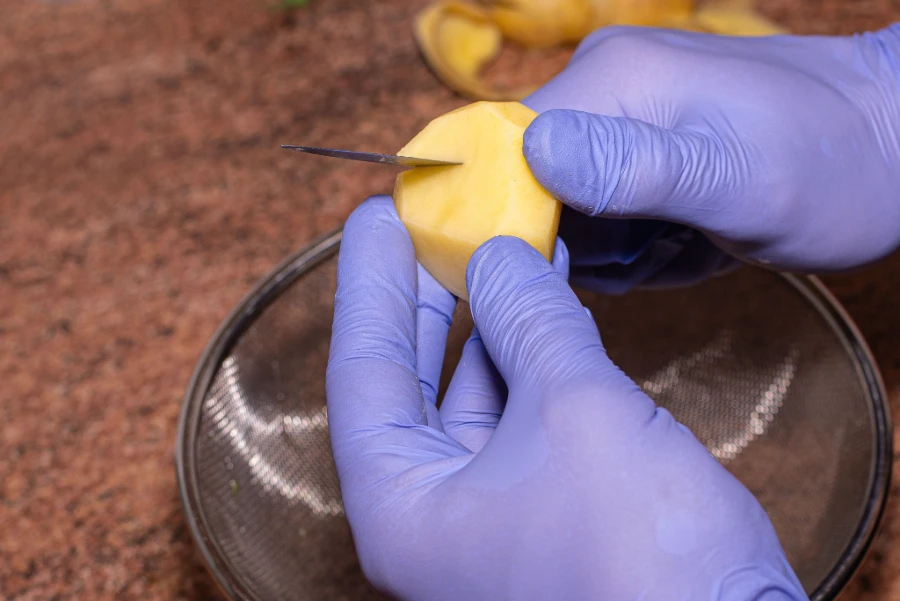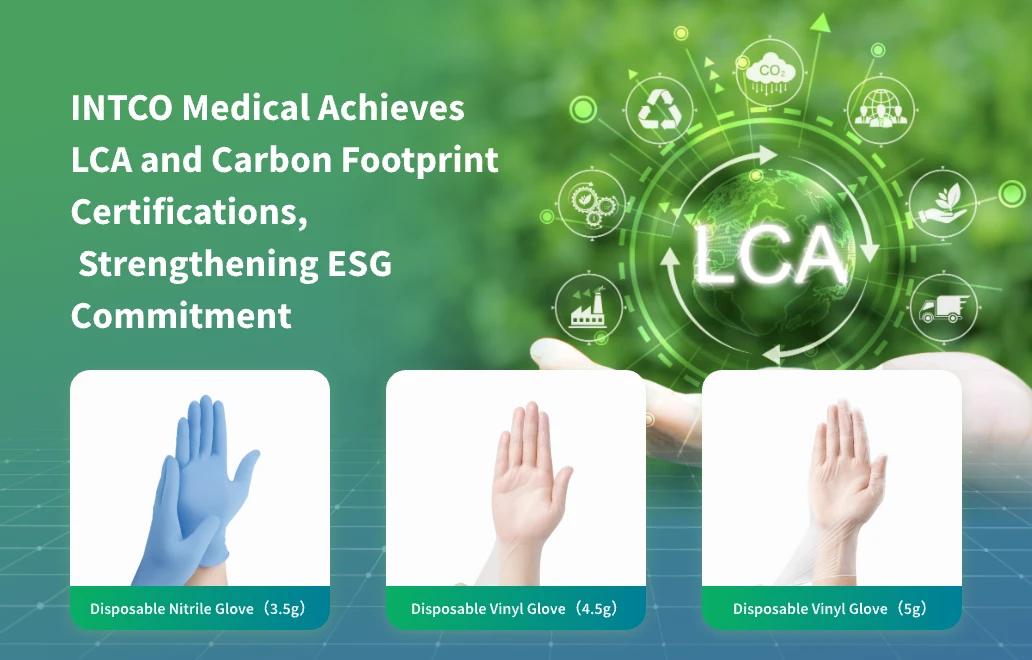Glove products
Latex and Vinyl Gloves Put to the Test by Real People
Imagine you need to clean the kitchen or cook for your family. You grab some gloves, but which type is best? When considering latex vs vinyl gloves, many people choose vinyl gloves because they are inexpensive, latex-free, and easy to put on. Others prefer latex gloves because they offer better protection and provide a more natural feel.
• Vinyl gloves feel comfortable and are suitable for short, simple tasks.
• Latex gloves offer a snug fit and greater durability, but may cause allergies in some users.
When deciding between latex vs vinyl gloves, it’s important to consider comfort, safety, and the health of your skin.
Key Takeaways
• Latex gloves fit tightly and give good protection and feel. They are great for careful jobs like healthcare and detailed work.
• Vinyl gloves are less expensive, do not contain latex, and are easy to put on. They work best for fast, easy jobs like making food and cleaning.
• Select gloves by considering your job and your skin type. If you have allergies or sensitive skin, try vinyl or nitrile gloves for safety and comfort.
Latex vs Vinyl Gloves: Real-Life Verdict
User Preferences
When you ask people which gloves they like best, you get some clear answers. Many users say latex gloves feel more comfortable and fit better. You might notice that latex gloves stretch easily and move with your hands. This makes them great for tasks where you need to feel what you are doing, like working in healthcare or handling small objects. People who use latex gloves often say they feel less tired after wearing them for a long time.
Vinyl gloves, on the other hand, are popular because they are easy to put on and take off. If you need gloves for quick jobs, like cleaning or food prep, you might choose vinyl. They are also latex-free, so you do not have to worry about allergies. Some users like that vinyl gloves are affordable and come in big packs.
“I use latex gloves when I need to do something delicate, like changing a bandage. They fit my hands perfectly and let me feel everything. For cleaning or cooking, I grab vinyl gloves because they are quick and cheap.”
When you compare latex vs vinyl gloves, most people pick latex for comfort and protection. Vinyl gloves win points for price and convenience. INTCO Medical offers both types, so you can always find the right glove for your needs.
Pros and Cons
Let’s break down what users like and dislike about each glove type:
|
Glove Type |
Pros |
Cons |
|---|---|---|
|
Latex |
– Snug fit and high comfort |
– Can cause allergies in some people |
|
Vinyl |
– Affordable |
– Less durable |
Latex Gloves:
You get a glove that hugs your hand and lets you move your fingers easily. Latex gloves work well for jobs that need careful touch, like medical exams or food service. They also protect you from germs and chemicals. Some people cannot use latex because of allergies, so always check before you choose.
Vinyl Gloves:
You might like vinyl gloves if you want something quick and budget-friendly. They slip on fast and do not cause latex allergies. These gloves work best for simple tasks that do not need a lot of protection. They can feel loose and may not last as long as latex.
Most users say that when it comes to latex vs vinyl gloves, latex wins for comfort and safety. Vinyl is a good choice when you need something fast and cheap. INTCO Medical makes both types, so you can pick what works best for you.
Glove Types Overview
Latex Gloves
You might notice that latex gloves feel soft and stretchy. These gloves come from natural rubber latex, which comes from the sap of rubber trees. The process to make them includes dipping molds into the latex, then drying and curing the gloves to make them strong and flexible.
Latex gloves are a top pick in healthcare. Doctors and nurses use them for surgeries and exams because they fit like a second skin and let you feel even tiny details. You also see them in food service, where they help keep food safe and clean. People use latex gloves for cleaning and in labs, too, because they protect your hands from germs and mild chemicals.
Here’s a quick look at how latex gloves are made:
|
Step |
What Happens? |
|---|---|
|
1 |
Moulds dipped in coagulant |
|
2 |
Moulds dipped in natural latex |
|
3 |
Gloves washed and cured |
|
4 |
Gloves dried and shaped |
|
5 |
Gloves checked and packed |
INTCO Medical offers a wide range of latex gloves. You can find options for medical, food, and cleaning tasks. Their gloves meet strict quality standards, so you know you’re getting reliable protection.
Vinyl Gloves
Vinyl gloves are made from a type of plastic called PVC. Manufacturers mix PVC with special softeners to make the gloves flexible. These gloves do not contain latex, so they are a good choice if you have allergies.

You often see vinyl gloves in restaurants, food factories, and cleaning jobs. They work well for short tasks, like making sandwiches or wiping down counters. In healthcare, people use them for simple exams or when handling non-hazardous materials.
Here are some common uses for vinyl gloves:
• Food preparation and serving
• Basic cleaning at home or work
• Low-risk healthcare tasks, like taking blood pressure
INTCO Medical’s vinyl gloves come in many sizes and styles. They are affordable and easy to use, making them popular for busy kitchens and cleaning crews.
Tip: If you’re comparing latex vs vinyl gloves, think about what job you need to do. Latex gives you more stretch and touch, while vinyl is great for quick, simple tasks.
Comfort and Fit
Latex Glove Experience
Latex gloves fit tightly and stretch to your hands. They move with your fingers, so you can work easily. Many people say their hands do not get tired, even after hours. These gloves are light and help you move small things with care. The soft latex does not leave powder on your skin. It feels gentle and smooth. If you need to hold wet things, the glove’s texture helps you grip better. Here is what people like most:
• Tight fit that keeps hands from getting tired
• Gloves shape to many hand sizes
• Light and easy to move in
• Good touch for careful jobs
• No powder and comfy for long use
Vinyl Glove Experience
Vinyl gloves feel loose and do not stretch much. They are thicker than latex but still comfy for quick jobs. You do not have to worry about latex allergies or bad smells. If your skin is sensitive, vinyl gloves are a safe pick. Some people say to get a bigger size if your hands are small. Vinyl gloves last through many washes and cleaning. People use them for food, cleaning, and helping others. Here is what stands out:
• Loose, comfy feel
• No powder or latex
• No strong smells
• Lasts for many uses
• Works for lots of jobs
Dexterity Comparison
Let’s see how latex and vinyl gloves compare for movement and touch:
|
Feature |
Latex Gloves |
Vinyl Gloves |
|---|---|---|
|
Flexibility |
Very flexible and stretchy |
Not as flexible or stretchy |
|
Fit |
Fits like a second skin |
Loose and not tight |
|
Tactile Sensitivity |
Great for careful work |
Okay for most jobs |
|
Typical Use |
Careful tasks, healthcare, science labs |
Food, cleaning, good for allergies |
If you need to do careful work, latex gloves help you feel more. Vinyl gloves are best for easy jobs and are gentle for sensitive skin.
Protection and Durability
Barrier Performance
When you pick gloves, you want to know they will protect your hands. Barrier performance means how well gloves keep out germs, liquids, and other hazards. In real life, you might use gloves for cleaning, cooking, or helping someone who is sick. You want to trust that your gloves will not let anything through.
Laboratory tests show that keeping gloves strong during use is very important. If gloves lose their shape or get weak, they may not protect you as well. For example, some tests looked at how gloves hold up after being cleaned or used many times. The results show that both latex and vinyl gloves can stay strong if you use the right cleaning methods. However, harsh chemicals can make gloves weaker. So, if you need to reuse gloves, it is best to avoid strong cleaners.
When you compare latex vs vinyl gloves, you will notice that both types can offer good barrier protection for everyday tasks. The key is to use them as intended and change them if they get damaged.
Tear Resistance
You do not want your gloves to rip when you need them most. Latex gloves are made from natural rubber, which makes them stretchy and tough. You can pull and bend them, and they usually bounce back without tearing. This makes latex gloves a favourite for jobs that need a lot of hand movement.
Vinyl gloves are made from PVC. They do not stretch as much as latex, but they still hold up well for light tasks. Many people like vinyl gloves for quick jobs because they are easy to use and do not tear easily with normal use. If you need gloves for heavy-duty work, latex gloves give you more protection against rips.
Tip: Always check your gloves for holes or tears before you start working. If you see any damage, grab a new pair to keep your hands safe.
Allergy and Safety
Latex Allergies
If you wear latex gloves and your hands itch or turn red, you are not alone. Some people are allergic to the proteins in latex. This allergy can make your skin break out or swell. Sometimes, it can even make it hard to breathe, but that is rare. Healthcare workers get latex allergies more than most people. In the past, about 17 out of 100 healthcare workers had this allergy. Now, only about 4 out of 100 have it. For most people, the risk is much lower—just 1 out of 100. If you use gloves a lot, watch for signs like rashes, asthma, or sneezing. If you think you have a latex allergy, talk to your doctor.
Note: If your skin is sensitive or you have allergies, try gloves made from other materials.
Vinyl Safety
Vinyl gloves are popular because they do not have latex. This makes them safe for people with latex allergies. But vinyl gloves have chemicals called plasticizers to make them soft. Sometimes, these chemicals can make your skin red, itchy, or cause blisters. Your hands might also get sweaty if you wear vinyl gloves for a long time. People with very sensitive skin may feel sore after using vinyl gloves. If you have a reaction, stop using the gloves and ask your doctor what to do.
• Vinyl gloves work best for quick jobs like food prep or cleaning.
• Pick powder-free or aloe-coated gloves if you want more comfort.
• If you need gloves for a long time or have very sensitive skin, try nitrile gloves.
Tip: Always look at your hands after using any gloves. If you see redness or feel itchy, try a different glove next time.
Choosing the Right Glove
Task-Based Recommendations
Picking the right glove can make your job easier and safer. You want to match your glove to the task. Here are some tips to help you choose:
• If you work in healthcare or need to handle tiny objects, latex gloves give you great flexibility and touch. They fit snugly and help you feel what you’re doing.
• For cleaning, food prep, or short tasks, vinyl gloves work well. They are affordable and latex-free, so you don’t have to worry about allergies.
• If you need extra protection or have sensitive skin, nitrile gloves are a smart choice. They are strong and safe for most people.
• Always check the fit. Gloves that are too loose or tight can cause problems and may not protect you well.
• Look for powder-free and food-safe labels if you handle food.
INTCO Medical offers a wide range of disposable gloves. You can find latex, vinyl, and nitrile options for every job. Their gloves meet strict safety standards and come in many sizes.
Tip: Think about the risk level of your task. High-risk jobs need stronger gloves. For simple chores, lighter gloves are fine.
Quick Guide
Here’s a table to help you pick the best glove for your needs:
|
Task Type |
Best Glove Choice |
Why? |
|---|---|---|
|
Latex or Nitrile |
Snug fit, strong barrier, good touch |
|
|
Food Preparation |
Vinyl or Nitrile |
Latex-free, food-safe, easy to use |
|
Cleaning |
Vinyl or Nitrile |
Affordable, protects against chemicals |
|
Precision Work |
Latex |
High sensitivity, flexible |
|
Sensitive Skin |
Nitrile or Vinyl |
Hypoallergenic, gentle on skin |
You can trust INTCO Medical for quality and variety. Their gloves help you stay safe and comfortable, no matter what you’re doing.
You have lots of glove choices, so match your glove to your task:
• Latex gloves: Great for comfort and touch, best for healthcare and delicate work.
• Vinyl gloves: Good for quick, low-risk jobs like food prep.
• Nitrile gloves: Strong and safe for allergies, perfect for tough tasks.
INTCO Medical stands out as a trusted brand, offering certified, high-quality gloves you can count on.






